With Samsung on the cusp of releasing another generation of foldable smartphones, questions are popping up about if it is too late for Apple to be a big mover with a foldable iPhone. Here's how Apple might approach it.
Despite Apple choosing to thus far not compete in the folding smartphone market, other manufacturers see it as the future. LG showed off its initial foldable display tech back in 2016 with some of the early models making it to market by 2019.
Competition continues to mount
Since then, many other foldable smartphones have debuted. The Motorola RAZR, Oppo Find N, and Microsoft Surface Duo are all eye-catching devices.
Samsung is also widely expected to announce the Galaxy Z Flip 4 and Galaxy Z Fold 4 at its 2022 Unpacked event on August 10. While Apple hasn't released its first device, Samsung is now on its fourth generation.
Apple has spent more than a decade refining the iPhone. This refinement can be easily mistaken as the device becoming stale. These folding devices are becoming more tempting for those who want something new and exciting.
Evidence of a folding iPhone "Fold" grows
Apple has unsurprisingly been mum on the matter, but just as with all of Apple's other devices, it won't stop a litany of rumors from making their way across the internet.
Rumors say Apple would be turning to LG and Samsung to provide the new panels for the foldable phone. Samsung delivered early samples to Apple of its components as far back as 2020.
Multiple analysts have thrown out their predictions that paint a picture of Apple deeply in the throws of development. For example, we've heard multiple rumors about the display itself. Some have posited we'll see an eight-inch display, others say it's closer to 7.5-inches and Ming Chi-Kuo has even suggested as high as nine inches.
There's also what form the folding iPhone will take, whether it will "fold" or "flip" if you will. As it stands, a flipping phone seems more probable.
There would need to be fairly minimal changes to iOS to support a flip-style phone as it would have a single screen in roughly the same aspect ratio as iPhones are today.
We've also seen patents from Apple itself that have shown off various design elements of a flip iPhone including a peek-able notification screen and a robust hinge design.
It's clear Apple is still working on how to make the foldable iPhone stand out before it brings it to market.
Apple's tried-and-true strategies
Apple has a bit of a pattern with new devices and device categories. It doesn't rush to market, but rather spends years behind closed doors until it can deliver a product that is better than what is currently available.
There's plenty of evidence of this in Apple's existing products. The iPod wasn't the first portable media player to make to market, just as Apple Watch wasn't the first smartwatch, AirPods weren't the first wireless earbuds, and iPhone wasn't the first smartphone.
Other products existed but Apple came up with something unique before finally releasing it to make it successful. It would make sense for Apple to employ the same tactics with a foldable iPhone.
If we look more macro at Apple's iPhone lineup by itself, we notice another common strategy by Apple. Apple will release a product before iterating on it slightly over time as it looks to perfect it.
At the same time, it will look to grow the SKU selection to increase the average selling price (ASP).
On iPhone, it started with just a single device. It slowly grew to include plus-sized phones, before jumping to the premium iPhone X and eventually adding the "pro" series. Each is upping the ASP of an iPhone.
Some foldable phones cost nearly $2,000 and would be an easy premium offering to expand its iPhone lineup further.
Will it be too late?
As we said, Apple doesn't need to be the first to market — it just needs something better than is currently out there. Many of the first foldable devices were plagued by reliability issues which is all the more reason Apple should play it safe by waiting until the tech has fully matured.
Current timelines point to a foldable iPhone releasing in 2023, with 2024 being the most likely. That would put Apple's first foldable device five years behind its competition.
Some worry that Apple will simply be too far behind in the foldable market to capitalize on it before the next major trend in smartphones begins. There's certainly some truth to the core concept of that statement.
There is still plenty of opportunities for Apple to seize. And, as we've said many times before, Apple has the cash to wait out a product's reception at launch — then iterate, and finally win the day.
Apple took this approach with the iPhone, Apple Watch, Apple TV+, and so many more products. And it will probably do it again with the iPhone Fold.
 Andrew O'Hara
Andrew O'Hara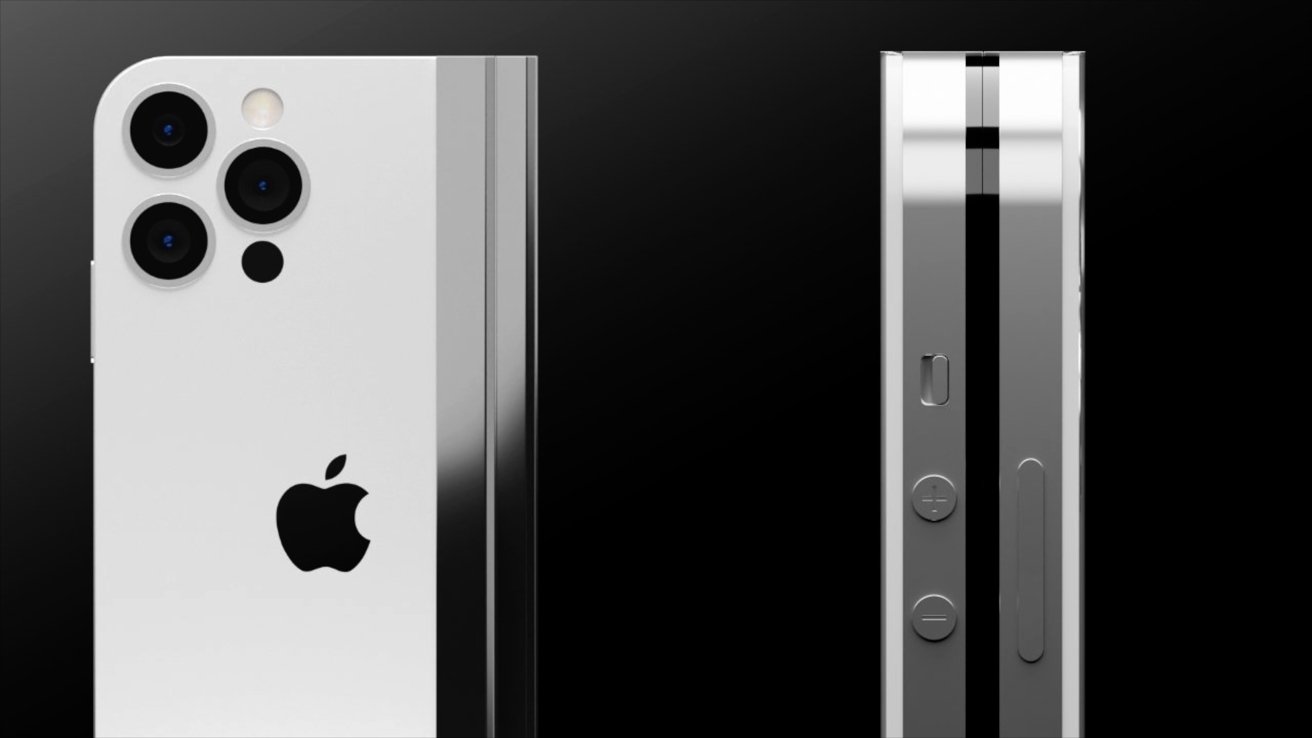
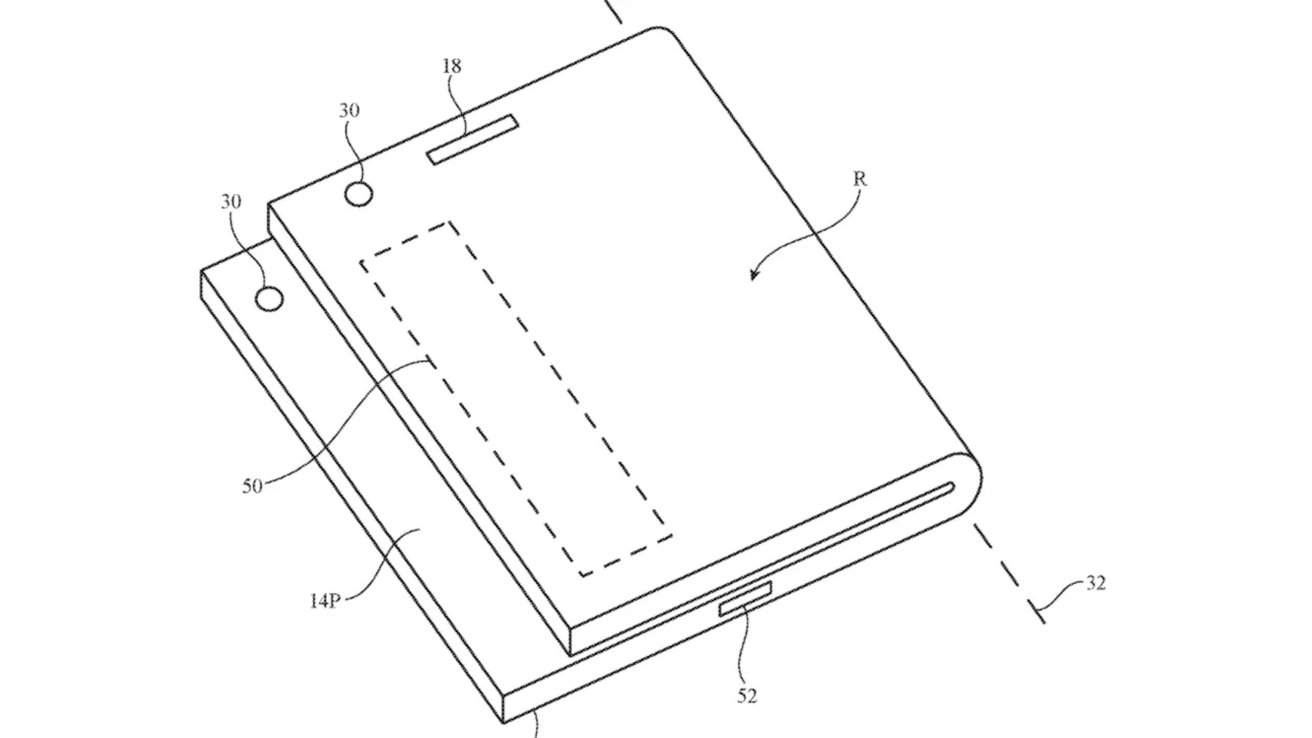

-m.jpg)





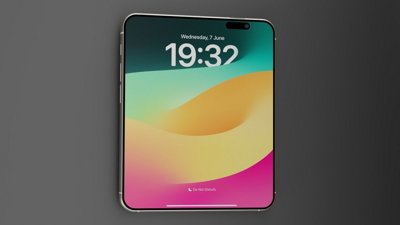
 William Gallagher
William Gallagher

 Andrew Orr
Andrew Orr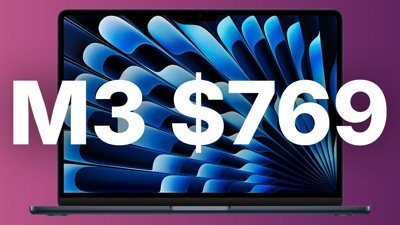
 Christine McKee
Christine McKee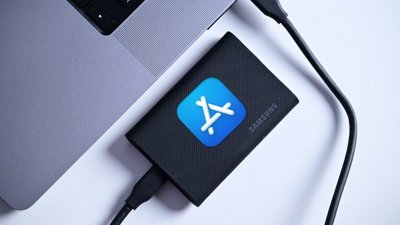

 Thomas Sibilly
Thomas Sibilly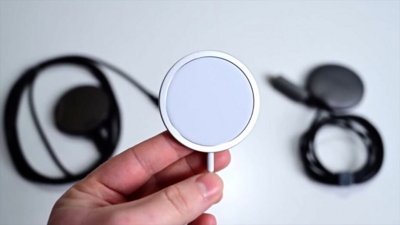
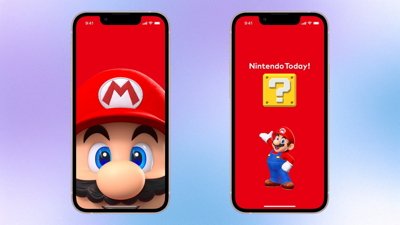
 Amber Neely
Amber Neely








65 Comments
There is almost zero evidence any of these foldable phones (including the ones from Samsung) sell in any measurable volume
Anyone who thinks Apple is now “ too far behind” is someone you need to avoid on all things Apple 🍎
" paint a picture of Apple deeply in the throws of development."
THROWS of development?? My best guess is that you were trying to use the word "throes." But even there, I'm not sure that's an appropriate use of the word. Good lord, discover the Thesaurus!
While on the subject of judging ideas, well, foldable phones is a lousy one. 👎
" Many of the first
I'm unaware of any foldable phone being plagued with reliability issues. Quite the opposite is true.
AFAIK, all folding phones that have come to market have had great reliability so far.
For the Samsung Fold, many review units were damaged by reviewers trying to remove a screen coating that should not have been removed.
Once that was corrected, along with some further design enhancements, the units that were released performed well.
I really think Apple needs to go in a completely different direction. Rather than a sharp fold, and the resultant point of failure, how about a rolling phone? A 2-3 cm tube that snapped out flat to use. That way the stress is all across the screen so no single line will get creased, distort, or otherwise be more prone to failure. Sure they would need to figure out batteries and the circuit board, but it’s to my mind, a much more elegant solution than a crease.